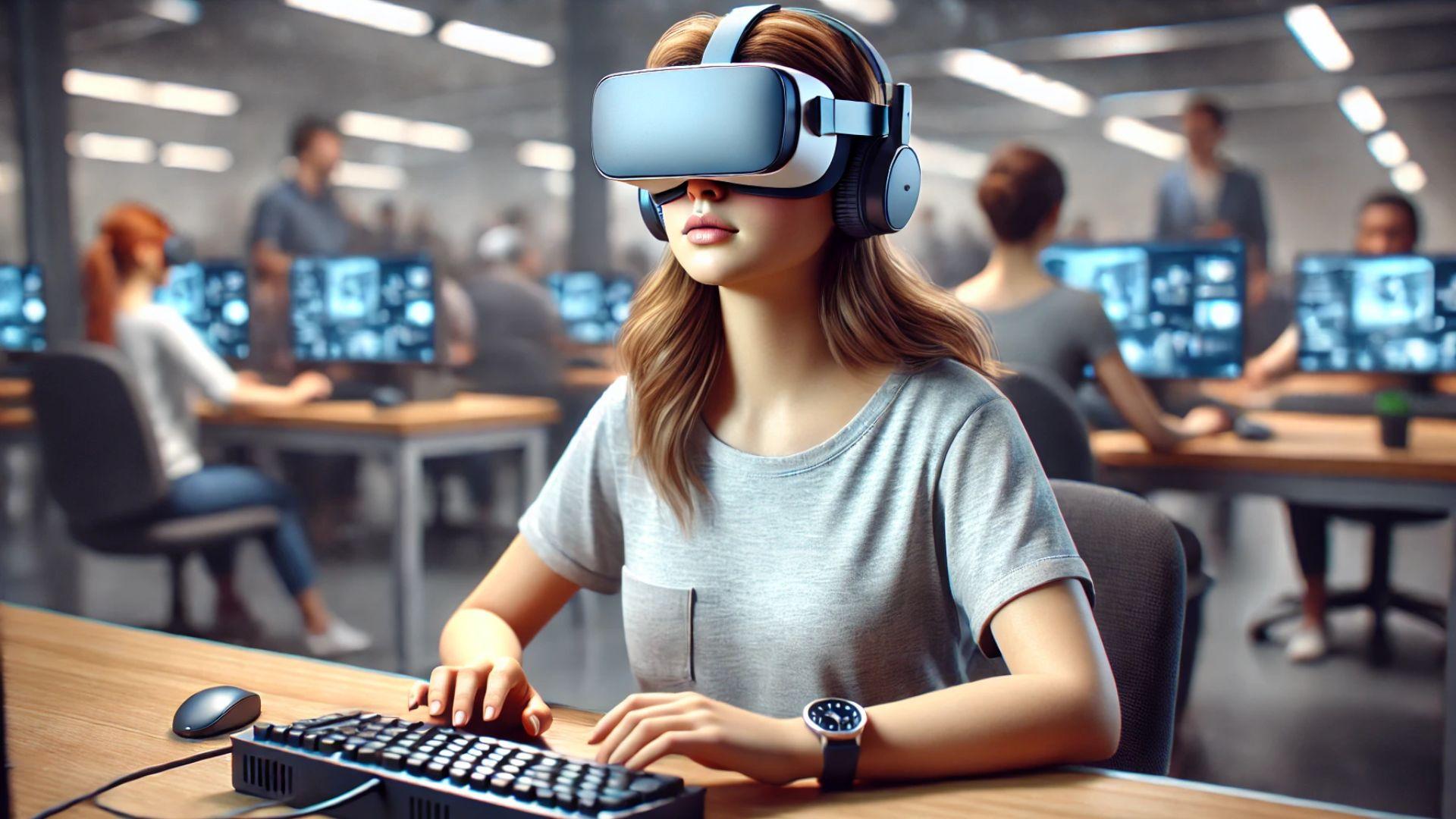How Virtual Reality Boosts Student Engagement and Retention: the Real Impact of VR in education
Picture walking through the streets of ancient rome, journeying inside a human cell, or experimenting with complex machinery—all without ever leaving your classroom. This is the reality virtual reality (VR) creates for modern education. As schools seek innovative ways to increase student engagement and retention, VR in education stands out as a transformative solution. In this complete guide, we’ll reveal how VR boosts student engagement, supports knowledge retention, and delivers measurable impacts for learners and educators alike.
Understanding Virtual Reality in Education
virtual reality, or VR, refers to the use of computer technology to create simulated, immersive environments that mimic real-world settings or entirely new worlds.Using VR headsets and controllers, students interact with these digital spaces, making learning more dynamic and interactive.
In education, VR is harnessed to break down the walls of customary classrooms, making lessons more relevant, memorable, and accessible. As VR technology evolves and becomes more affordable,its adoption in K-12 schools,universities,and training centers is on the rise.
- Immersive Field Trips: Explore historical sites, landscapes, and even outer space.
- Virtual Laboratories: Conduct experiments safely and without resource limitations.
- Simulations: Practice real-life scenarios—from medical procedures to engineering design—in a risk-free environment.
How VR Boosts Student Engagement
Student engagement is crucial for effective learning. Traditional methods can sometimes fail to capture students’ attention, especially in digital-native generations. Here’s how VR in education creates engaging,interactive experiences that captivate learners:
1. Multi-Sensory Learning
- Visual: High-definition 3D visuals bring complex concepts to life.
- Auditory: Realistic sounds immerse students and aid auditory learners.
- Kinaesthetic: Hands-on activities allow for experiential learning.
2. Active Participation and exploration
- Students interact with objects, navigate environments, and make choices—leading to increased autonomy and motivation.
- Gamification features,such as quizzes and achievement badges,keep students invested in their progress.
3. Immediate Feedback
- VR platforms often incorporate real-time feedback, assessments, and hints.
- This enables students to correct mistakes instantly,promoting continuous improvement and deeper understanding.
According to research from Stanford university,students in VR-based lessons show considerably higher levels of attention,enthusiasm,and participation compared to traditional classroom settings.
The Impact of VR on Learning Retention
The true test of any educational method is knowledge retention. Can VR help students remember what they learn? Studies and first-hand experiences suggest that it can!
Why VR Increases Retention
- Contextual Learning: The ability to “be there” gives meaning and real-world relevance to abstract information.
- Reduced Distraction: Immersive environments help minimize outside distractions, letting students focus solely on the content.
- Memory Anchors: VR experiences are emotionally engaging and vivid, creating stronger mental connections.
supporting data
Studies published in the Journal of Educational Psychology reveal that students who learn through VR simulations can recall information with up to 80% greater accuracy after a month compared to those learning through textbooks alone.
Key Benefits of VR in the Classroom
- Enhanced Engagement: Motivates students to participate, sparking curiosity and creativity.
- Improved Collaboration: Many VR applications enable teamwork and group problem-solving.
- Global Access: Equalizes opportunities for learners in remote or underserved locations to access premium educational experiences.
- Accommodation of Learning Styles: Appealing to visual, auditory, and kinesthetic learners alike.
- safe Learning Environment: Risk-free experimentation in hazardous or expensive scenarios, such as chemical reactions or medical procedures.
- Preparation for Future Careers: Offers hands-on practicing in fields like healthcare, engineering, and more.
Real-World Case Studies: VR’s Impact in Action
Medical Training at Case Western Reserve University
Case Western Reserve integrated VR anatomy labs into their curriculum, allowing medical students to study and dissect 3D models of the human body. Students reported increased engagement and deeper understanding, with VR sessions frequently enough cited as more helpful than traditional methods.
Immersive History Lessons in K-12 Schools
Several elementary and middle schools in California implemented VR field trips to historical landmarks. Teachers observed that students were more excited, asked thoughtful questions, and retained historical facts more effectively during assessments.
Vocational Training in Europe
In Germany, vocational schools use VR simulators for apprentices in fields like welding and automotive repair. Trainees can repeat procedures safely, building muscle memory and confidence before working with actual equipment.
Practical Tips for Integrating VR in the Classroom
Tip: Start with small pilot projects and expand as you measure results and gain insights.
Select Age-Appropriate Content:
- Choose VR applications tailored to the curriculum and developmental stage of your students.
Invest in Quality Equipment:
- Entry-level headsets (like Oculus Quest or Google Cardboard) are affordable yet effective for most lessons.
Train Teachers and Staff:
- Empower your educators with training and ongoing support to maximize VR’s impact.
Integrate with Existing Curriculum:
- Use VR as a supplement,not a replacement,for hands-on projects,lectures,and collaborative activities.
Measure Success:
- Track student feedback and academic outcomes to adjust your VR strategy and demonstrate its value.
Prioritize Accessibility and Inclusion:
- Ensure VR activities are inclusive for students with different needs, making accommodations as necessary.
Conclusion: The Future of VR in Education
Virtual reality is no longer a futuristic fantasy—it’s an actionable, accessible tool that’s revolutionizing how we teach and learn. By immersing students in realistic environments, VR in education maximizes engagement and retention, helping schools prepare learners for the challenges of tomorrow.
As more educators embrace VR, barriers to adoption will continue to fall, bringing personalized, interactive learning to students worldwide. Whether you’re a teacher, school administrator, or educational technology enthusiast, now is the perfect time to explore the real impact of VR in education.
Ready to transform your classroom? Consider integrating VR and experience the difference in student engagement and knowledge retention firsthand!

